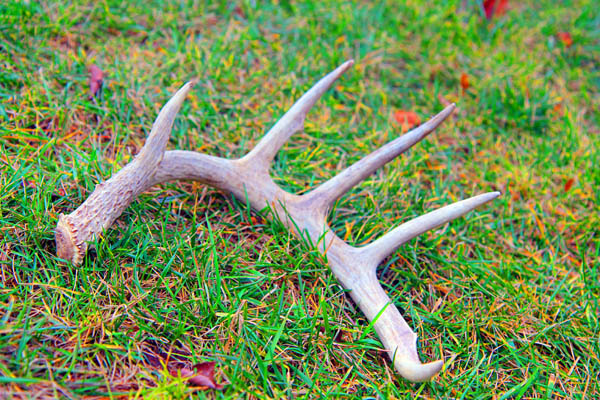Key events
The evaluation and adaptation phase builds in valuable reflection time on the effects of management actions. When done well, evaluation is the key to fine-tuning and adapting your program as circumstances change. Far from an afterthought, evaluation packs the biggest punch when addressed in the community’s deer management plan and explicitly tied to the community's management objectives (set in the decision-making phase). To the extent possible, involve community members in both the assessment process and in resultant decisions to modify deer management—including decisions to discontinue actions that are not helping the community achieve its deer program goals.
Key information needs

Assessing program outcomes means tracking progress toward the management goals established in the earlier phases of CBDM. For each goal area, establish a set of simple indicators to assess before (baseline) and after action is taken. Before-and-after comparisons are a great way to determine whether deer management is having the desired effect. For example, communities that establish a goal of reducing deer-vehicle accidents would need information on the number (and perhaps location) of deer-vehicle collisions for several years before and after deer management actions are taken. In most cases, repeated assessments over time are helpful to evaluate progress toward goals. The time, effort, and resources necessary to assess change can vary greatly across indicators.
Common challenges
- Indicator selection. Selecting a set of meaningful indicators is a challenge for many communities. Think about how best to evaluate progress toward desired outcomes. What sorts of indicators will you use, and what will they tell you about your community’s progress? For example, tracking the number of deer harvested is straightforward and can feel satisfying, but does not give much insight into whether deer-related impacts are lessening. At the other extreme, many communities assume it is important to quantify the local deer population with precision. However, accurate population counts are costly, can be difficult to obtain, and do not necessarily help determine whether desired outcomes are being achieved. It may be more important instead to track the number and nature of deer-related complaints to city hall (e-mails, phone-calls, etc.), a low-cost way to assess how well the program is perceived to be working. Keep it simple. It is better to have a small set of metrics you can collect consistently than an elaborate monitoring plan that cannot be sustained.
- Resource limitations. Deer management is an ongoing process, not a one-time event. Monitoring and assessment are integral to management because they make it possible to learn from actions and adapt programs over time. Securing funding to sustain assessment is a significant challenge for communities large and small. As the newness of a program fades, community leaders may find it challenging to maintain resources necessary for recurring management activities, like monitoring and assessment.
- Staying committed. It can take a considerable amount of time to document the effects of a CBDM program. For example, it may take several years of data collection to assess the relationship between deer management actions and change in levels of plant damage or deer-vehicle collisions. Sustained commitment to monitoring efforts is needed to provide useful information to community leaders, who eventually need to decide whether to continue, discontinue, or modify the community's management program. Volunteers or municipal staff may become less committed to collecting monitoring data as time passes.
- Community size. The size of your community, or the area targeted for deer management, should be considered when you select your indicators for monitoring. What you are capable of monitoring in a community of only 1 or 2 square miles, for instance, might differ greatly from what a larger community is capable of tracking and evaluating.

